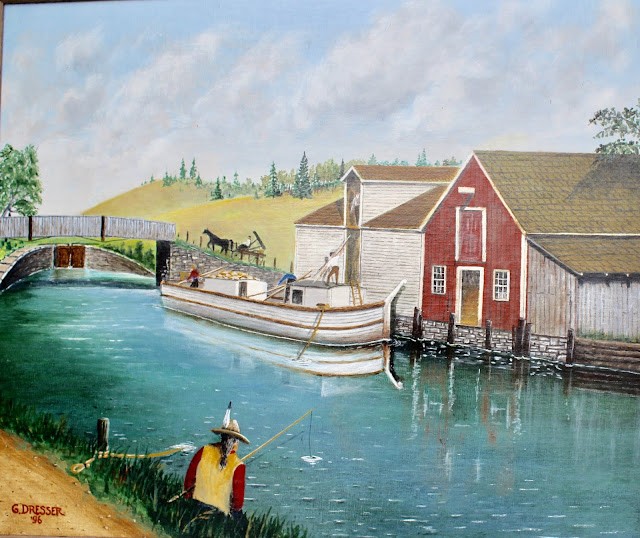Communities Celebrate Canal Legislation

Eagle Hotel in Norwich where a celebration and dinner were held after news was received that the New York State Legislature had passed a bill creating the Chenango Canal. [Note: Every year between 1826 and 1832 a bill was introduced to the New York State Legislature to build the Chenango Canal. Each year it was defeated. Finally, the Bill was passed on February 23, 1833. The following article was published in the Anti Masonic Telegraph in Norwich on Wednesday, February 27, 1833]. CANAL CELEBRATION. Our village, on Saturday afternoon last, presented a lively scene of activity and bustle. As even approached, the people from the surrounding country came flocking in, every countenance sparkling with pleasure. At about four o’clock, the stage arrived, bearing a “star spangled banner,” on which was painted the words “Chenango Canal.” Soon after, the...




